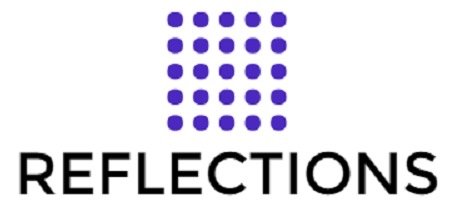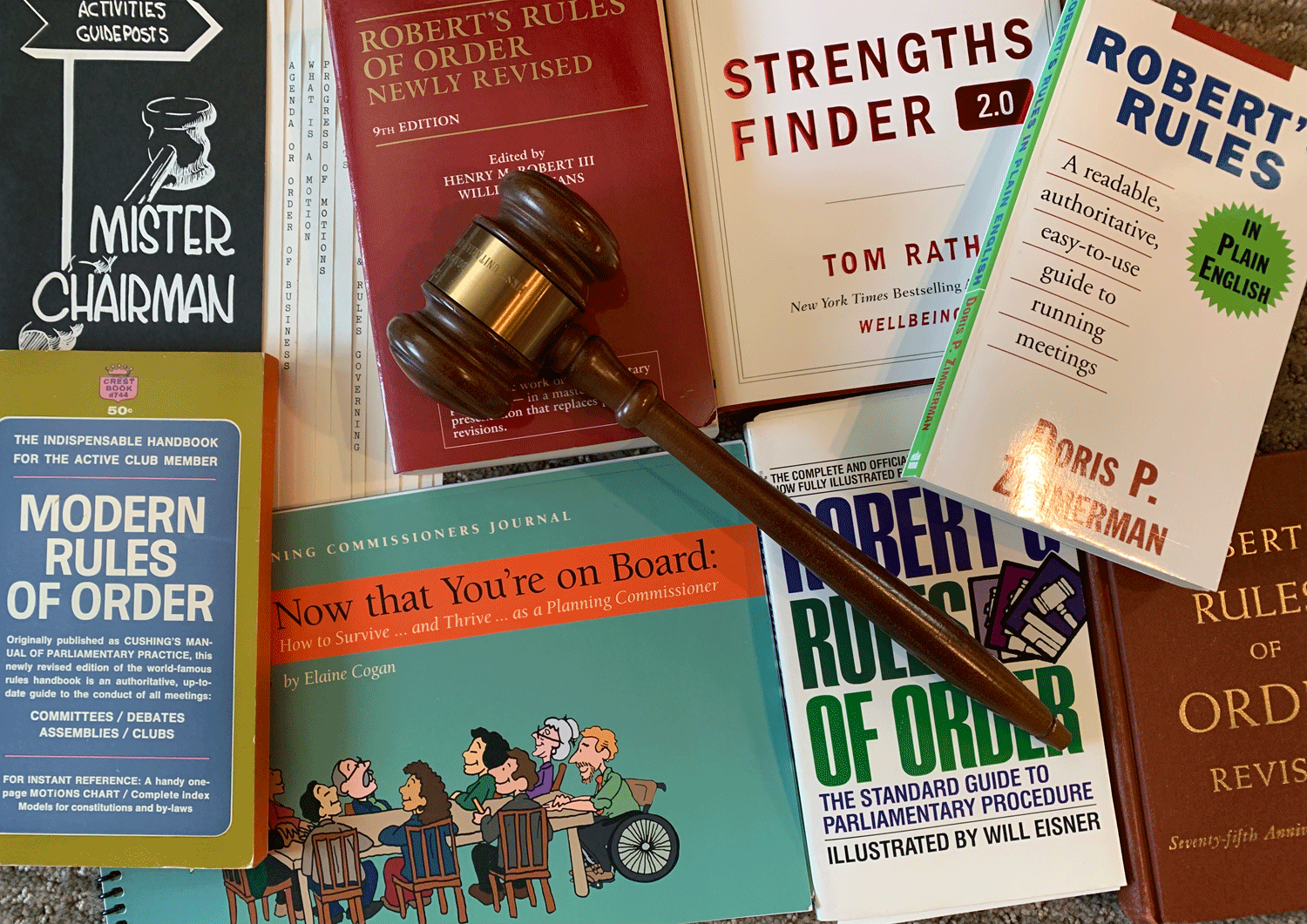What is Leadership?
To me, a leader is someone who has followers and who achieves a goal with the help of the followers. A leader could be “good” in the sense of having lots of followers and achieving many goals, but be “bad” in the sense of being misguided and leading people down a path that will have no positive outcome and, in some cases, a disastrous outcome. In my opinion, a worthy leader, deserving of respect, will attract followers in an ethical manner and use the support of those people to achieve goals that benefit not just those individuals, but the broader community as well.
Some people view themselves as leaders, but they really aren’t. A person might design a project in great detail and believe it is the greatest creation ever, but if no one ever joins in the effort and helps to make it a success, there has been no leadership and no positive effect. The person who aspires to be a successful leader needs to listen carefully to the ideas and experiences of others and give them an opportunity to participate in the development of the endeavor, so that they feel a part of the creation and are motivated to help make it a success.
We sometimes hear the expression “it’s easier to ask for forgiveness than to obtain permission in advance.” I know of some individuals who embrace that idea as a mantra for their lives. It probably works for them in many situations. A story told to me concerns a new business procedure that an employee dreamed up but had difficulty explaining to co-workers and was hard to justify to a boss who didn’t grasp the concept. On company time he went ahead and developed the project, without permission. In the story told to me, it ended well. When the project was completed everyone loved it and he received high praise for his creation. He had creatively solved a problem in a way that others were happy to adopt, but this was not really leadership and the project ran the risk of serious negative consequences. However, some people would praise this individual as a creative risk-taker who was willing to break through unreasonable barriers to achieve a goal that will help move the entire business forward.
When we look at political and cultural leaders, it is easy to find flawed leaders. Examples immediately come to mind of political and performance stars who violated marriage vows or engaged in abusive behavior as they reached the pinnacles of their careers. These individuals have lots of followers and many worthy achievements, but have engaged in illegal and/or unethical conduct along the way. As members of the public, how should we react? Denounce them for their failures and minimize or hide their accomplishments? Can we appreciate their achievements while also condemning the behavior that occurred along the way? Most everyone is a flawed individual in some respect. How do we balance a leader’s flaws against the person’s achievements? When does the scale tilt toward denouncing the individual and when does it tilt toward rewarding achievements? We need to do both: acknowledge the wrong-doing, demand a penalty and/or restitution, and recognize the accomplishment without hiding the shameful history.
Leadership and process are tied closely together. I served for eight years on our local planning commission. Sometimes the process we went through to make a decision seemed excessive and frustrating: reports, discussion meetings, revisions, notice of public hearing, hearing, comment period, recommendation to the city council, notice of council agenda, public comment at council meeting, etc. As tedious as it sometimes seemed, the many steps it took to make a final decision served the important purpose of allowing the public adequate notice of what was under consideration, as well as a timely opportunity to make comments and suggestions which would allow for changes to better serve the public. Decisions affecting the well-being of the city and investments that will shape the future for years to come obviously require more process and citizen participation than those of less significant entities, but the principle remains the same. Those affected by a decision need to have notice and a chance to be heard before a final decision is made.
In addition to my service on the planning commission, process has been an important aspect of my involvement with condominium homeowners’ associations and with the American Association of University Women. I have worked with both HOAs and AAUW for most of my adult life. In order to retain the confidence of association members, to encourage their support as volunteers, to maintain goodwill within the group, and to ensure wise decision-making, established procedures must be followed, with generous opportunities for member input. In the case of HOAs, following proper procedures can go a long ways toward avoiding legal issues and potential liability for mismanagement, as well as helping to maintain cordial relations with neighbors.
During the past four years of “governance by Tweet,” we have all experienced what happens when process is lacking in decision-making. Cryptic messages sent out to Twitter followers, often late at night, announced major decisions that the public had little or no prior notice of. For those of us not on Twitter, each morning we would wake up wondering what dramatic changes had been announced overnight. For some of us, there was so much stress, that we woke earlier and earlier out of anxiety about what would be in the morning news. Since the inauguration of our new president, many of us sleep better because we are now confident that decisions will be made after input from knowledgeable experts, and following notice to the public and opportunities for comment.
I recently was the victim of a “new policy by Tweet.” The incident triggered me to write this blog post. A document pertaining to a committee I serve on was publicly distributed before the committee or its chair had a chance to see it or comment on it. It remains unclear who created it. It contained errors and ambiguities that I would have corrected if, as a member of the committee, I had had a chance to review the document. Some might say the problems with the document were insignificant, so why did this surprise document upset me so much? Here are some thoughts:
1. Our former U.S. President’s behavior has made me hyper-sensitive to policy announcements made without notice to the public and input from those affected.
2. I take professional pride in helping to craft quality documents, drawing on my legal training and experience with the organization. I am embarrassed when something goes out that appears to be from the committee, without an opportunity to provide input and correct errors.
3. I feel disrespected when my experience and training are offered to the organization but not utilized.
4. The incident reminded me of a more significant event that happened years ago. At a time when I served as president of an organization, an individual who was not on the board, with no prior notice to me or the board, committed our organization to sponsoring a conference which entailed a commitment of unbudgeted funds to a high-priced speaker and a commitment that the organization provide a luncheon as part of the event. The individual had no authority to make this commitment, but cancellation would generate embarrassment and other problems. There was no plan for set-up, clean-up or food service. As president, I felt compelled to supervise all these details, but my biggest concern was that I knew the speaker had numerous unsatisfactory reviews from recent engagements. I would never have agreed to engage him for a program. In the end, the conference broke even financially, using volunteers to prepare and serve the meal. The program was problematic and there were some complaints. My misgivings were valid. When it was over, I breathed a sigh of relief and encouraged the board to clarify its policy regarding commitments to speakers and scheduling major events.
5. Aging professionals working as volunteers may become crotchety when serving on boards and committees, without the respect they were accustomed to in their paid employment. They could be used as mentors, but aren’t often given that opportunity. A little extra TLC and ample opportunities to provide input could help preserve their value as volunteers.
Advice to Leaders
1. Insist on help. Don’t accept a leadership position unless you are sure you will have at least a few qualified followers, with high integrity, a reputation for being good team players, and a willingness to fully support the task at hand. Provide opportunity for team members to get acquainted and learn of each other’s skills and experiences to facilitate their work together.
2. Understand the assignment. Make sure you understand your job description, the budget, any legal constraints, and the timeframe.
3. Determine who decides and who needs to know. Clarify who has veto-power over what you do and who needs to be kept informed of your progress.
4. Get input. Ensure that there is ample opportunity for comments from those most affected by the decisions you will be making. Listen carefully to the feedback. Modify the plans as appropriate.
5. Keep followers happy. Listen respectfully to suggestions. Show appreciation to team members and supporters, giving each a chance to be heard, and provide them the information they need to be successful.
6. Communicate. Help team members obtain a clear understanding of their jobs and the need to keep others informed of their efforts.
7. Steer creativity in constructive directions. Encourage creativity and resourcefulness on the part of team members, while also reminding them of the necessary procedures before making financial commitments or a public announcement of a new program.
8. Keep records. Establish a good system of record-keeping so it will be clear what decisions have been made and the tasks assigned to each participant.
9. Share the glory. Celebrate accomplishments and recognize the contributions of those who help with the tasks.
10. Nurture new leaders. Keep an eye out for future leaders and provide an opportunity for them to receive training and experiences that will help them move up in the organization.

